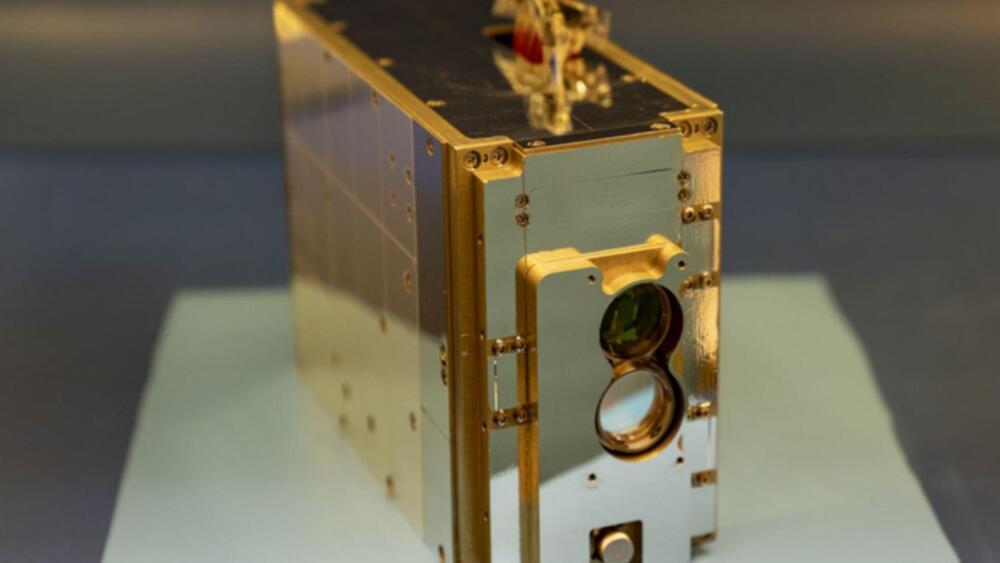Japanese scientists were able to prove that rare earth elements are made by looking at the spectra of light coming from neutron stars that were colliding.
For the first time, Japanese scientists have found evidence that rare earth elements are indeed made when two neutron stars merge. The Astrophysical Journal just published the specifics of the scientists’ discoveries.
The first verified incidence of this process, GW 170,817, occurred in 2017.
University of Warwick/Mark Garlick/Wikimedia Commons.
Many of the heavy atoms that make up our universe are created in the explosion that occurs when two neutron stars spiral inward and merge.







